|
Eastern Meadowlark, White Water Draw, January 20, 2018 No winter in SE Arizona is complete without a trip to White Water Draw (WWD), a Chihuahuan desert grassland habitat in the middle of agricultural land close to McNeal, Arizona. Located in Cochise County, WWD is just over 1500 acres of land maintained by Arizona Game and Fish, map below. See my prior posts November 2015 and January 2016. We returned to WWD on a birding tour led by Jeff Babson, this time with Cochise Community College, on Saturday January 20th. We overnighted in Bisbee on the 19th, then met Jeff and the tour at WWD on the 20th. Bisbee is a fun place to stay, and only a 30 minute drive from WWD. This time we stayed at the Bisbee Inn/Hotel La More which was great. They have an open kitchen/dining area in the back of the first floor which guests can use for "bring in" food (you know, the "takeout" you put in the car and then "bring in"), as well as fixings for breakfast. They also have a sitting area with TV and games/books. A classic old hotel, which boasts several ghosts in residence, although we missed them on our stay. Sandhill CranesLet's start with Sandhill Cranes, the birds that seem to bring everyone "flocking" to WWD in the winter months. These are large birds, with long necks, long legs and wide wings. They mate for life, can live 30 years, and tend to stay in family groups as they migrate back and forth from summer breeding grounds in Canada and the northern U.S. to winter foraging in Arizona/New Mexico wetlands, and for some species, Florida. For details of the birds, their behavior and ranges see the Cornell Lab of Ornithology website and The Aldo Leopold Foundation site. They begin to arrive at WWD in November, leaving in the early spring. They sleep at night in the wetlands, and leave at first light for nearby cornfields, where there is enough corn left on the ground from the harvest to meet their daily needs and "bulk them up" for the flight home in the spring. At WWD they return from the fields between 11am and noon, and may or may not return to the fields in the afternoon. This is convenient for those of us who really don't want to get up before dawn on a cold morning. Go ahead and get some breakfast and a hot cup of coffee, and wait for the cranes to darken the skies with their return flight at 11 am. Arizona Game and Fish has a live Sandhill Crane Cam so you can check out when the birds come and go, and if they are there in numbers before you pack up and head to WWD. Also, they allow free overnight parking and camping for RV's. Note that they have vault toilets, but no water. Below, Sandhill Cranes in flight. Hard to watch them in flight without a smile on your face! The image below is uncropped by intent to show the density of birds as they come in at noon to land, and the different directions they take. They circle and appear to be taking instructions from a flight controller, peeling off in groups and putting down their "landing gear" for the glide in. Notice the differences between the upper left and lower right. Below, a family group sharing their space with various shorebirds. Loggerhead ShrikeWWD is agricultural land set aside for conservation and wildlife management. So, the area around it is comprised of ranches and dirt roads, with plenty of wires - strung high on power poles or low on fences. Here we see a Loggerhead Shrike on a power line in the morning sun. Loggerhead Shrikes are thick-bodied songbirds with blocky heads and a thick bill with a small hook. The tail is long and rounded. They sit on low exposed perches and look for rodents, lizards insects and other birds. They are known for impaling a kill on thorns or barbed wire to be eaten later. Their range runs east to west across the U.S. and they are regulars at WWD. For more on Loggerhead Shrikes and similar species, including field marks, see the Cornell Lab of Ornithology website. American PipitThe American Pipit is a small slender drab bird that frequents open country in the southern U.S. from coast to coast, and throughout Mexico. They breed only above the timberline, all the way up to Alaska and northern Canada, and on higher peaks in the lower 48. In Arizona they winter in the southeast near water and agricultural lands, making WWD a great spot to see them. They breed on the treeless slopes of the San Francisco Peaks. A look at the Range Map on the Cornell website shows the breeding range as determined by altitude. American Pipits don't hop, they run or walk, as we can see in the images above and below. Below we see a Pipit getting ready to cross one of the wetland channels. It is always important to look both ways before crossing, first left, then right. You can never tell when a raptor has decided to exceed posted limits looking for a snack! Remember, these birds walk or run, they don't hop, so our friend here steps off into the abyss (above), saved by those really handy wings, making an uneventful crossing. Their drab appearance is a real asset in this foraging environment. They blend in really well. Great for their safety, not so great for the photographer who wants to have their subject stand out from the background. KilldeerThe Killdeer is a brown and white plover with a long bill and two black breast bands. They are one of the more common birds in Southeastern Arizona, making Richard Taylor's "Top 40" list in his field guide Birds of Southeastern Arizona. However, in my experience they are tough to spot, and for me, tougher to photograph. I have spotted them at Sweetwater Wetlands, but usually 50 to 100 yards away with lots of grass in the way. However on this trip to WWD this Killdeer got quite close. One advantage of WWD is that the elevated walking paths come very close to the wetlands and the food sources that draw birds. Killdeer are common throughout the U.S., Mexico and Canada. They can be found in wetlands, lawns, golf courses, athletic fields and parking lots. Their name comes from their voice, an excited kill-deer. They are known for faking a broken wing to lead predators away from their nests, or distracting cows from stepping on their eggs by fluffing up, displaying the tail above the head, and running toward the cow to make it change its path. Although their white breast bands are striking they do manage to blend in with muddy wetlands, making good imaging a bit tougher. Eastern MeadowlarkTime to get back to our "cover photo," the Eastern Meadowlark. This bird is actually not in the Lark family, rather it is in the blackbird family, which includes cowbirds and orioles. The Eastern Meadowlark is very similar to the Western Meadowlark, with differences in song (which is hard to see in a photo, and which I did not hear) and subtle differences in field markings. The tip off here is partially population biology (there are more Eastern's in SE Arizona than Westerns) and partially markings, in this case paler cheeks and a whiter tail, which I think we can see in the last image. Eastern Meadowlarks live right where we see them, in farm fields, grasslands and wetlands. They are ground nesters, singing from exposed perches such as the barbed wire. They eat mostly insects, and during the winter, spilled corn and seeds. Special thanks to Jeff Babson for his help in discerning the subtle differences between the Eastern and Western Meadowlarks. American KestrelAmerican Kestrels are also among Richard Taylor's "Top 40" and always a joy to see. For a female Kestrel on the hunt, see my post from New Year's Day. Kestrel's are the smallest North American Falcon. My guess is that this is a male, with slate blue on the wings. This Kestrel was sitting on a power line not far from WWD. My wife volunteered to drive, and I sat in the passenger seat and rolled all the windows down. The car makes a great blind. The birds accept cars as part of their environment, and unless you lean out an open window and scream a lot, they will generally ignore you. One caution: the roads out this way are not paved, so be ready for a lot of dust getting onto and into the car. Keep your gear covered. Also a monthly car wash plan helps! Looks like this fellow is looking for lunch from his high perch. He takes off in the last frame (unexpectedly as usual) maybe for a quick bite, or a better perch. I was focused on the cable, and he dove out of my sweet spot, creating a softer image. White-crowned SparrowLet's close with a common friend that often gets a shrug, "Oh, a White-crowned Sparrow." They are handsome birds, and this one picked a nice perch and a look toward the camera and just says, "Include me!" That's all for now ! Stay tuned, more great travels in store for this spring ! Happy trails!
3 Comments
Pam Winsten
3/6/2018 01:00:08 pm
I love "virtual birdwatching" via your posts. Thank you!
Reply
Dee Sullivan
3/6/2018 08:05:46 pm
Thank you for another incredibly enjoyable post.
Reply
Linda Currin
3/10/2018 11:16:45 am
Another wonderful trip with you!! Thanks for the great information and beautiful pictures!!
Reply
Leave a Reply. |
AuthorHenry Johnson, photographer and author of this site. For more detail, see About
Categories
All
Archives
July 2024
|
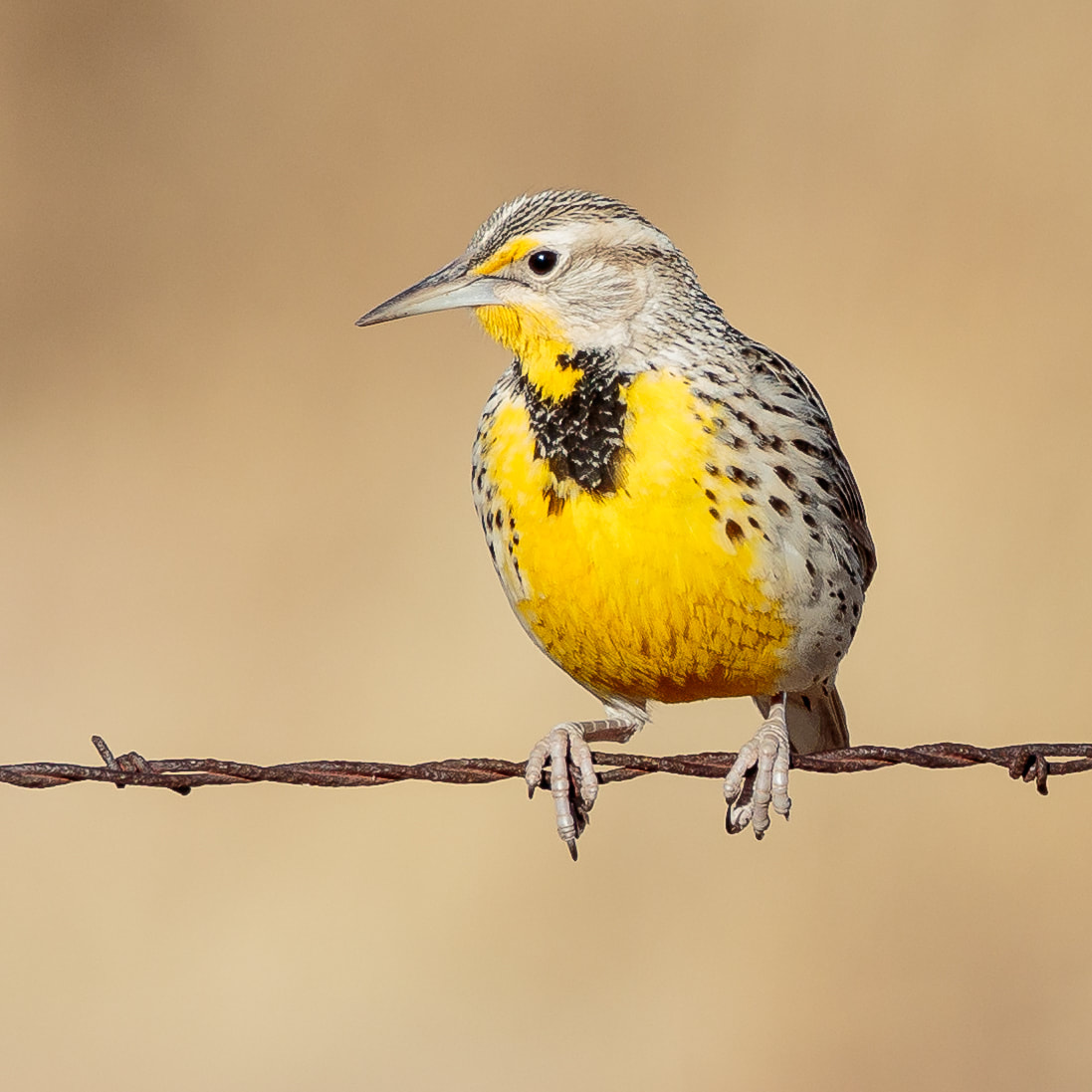
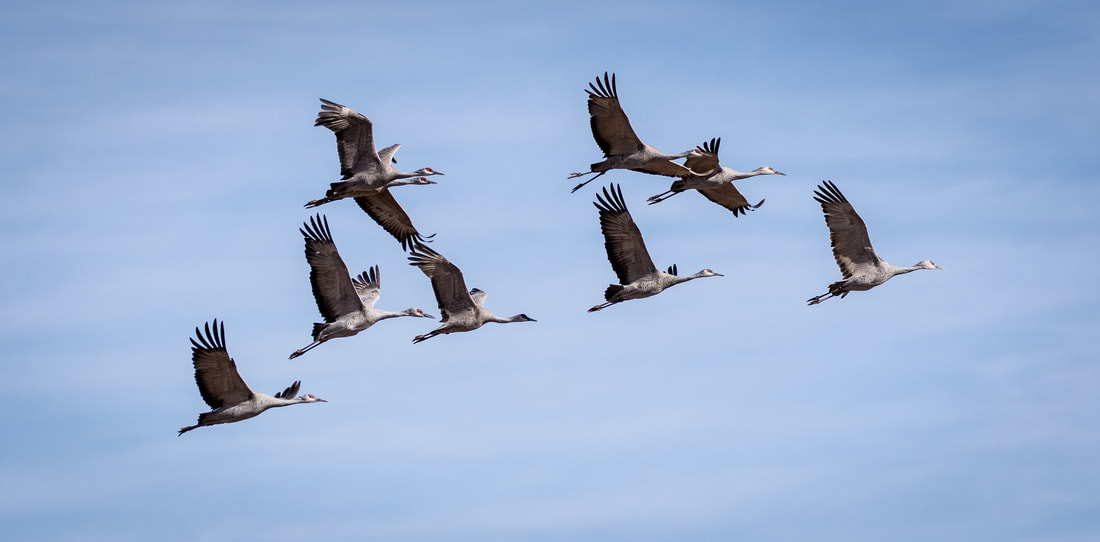
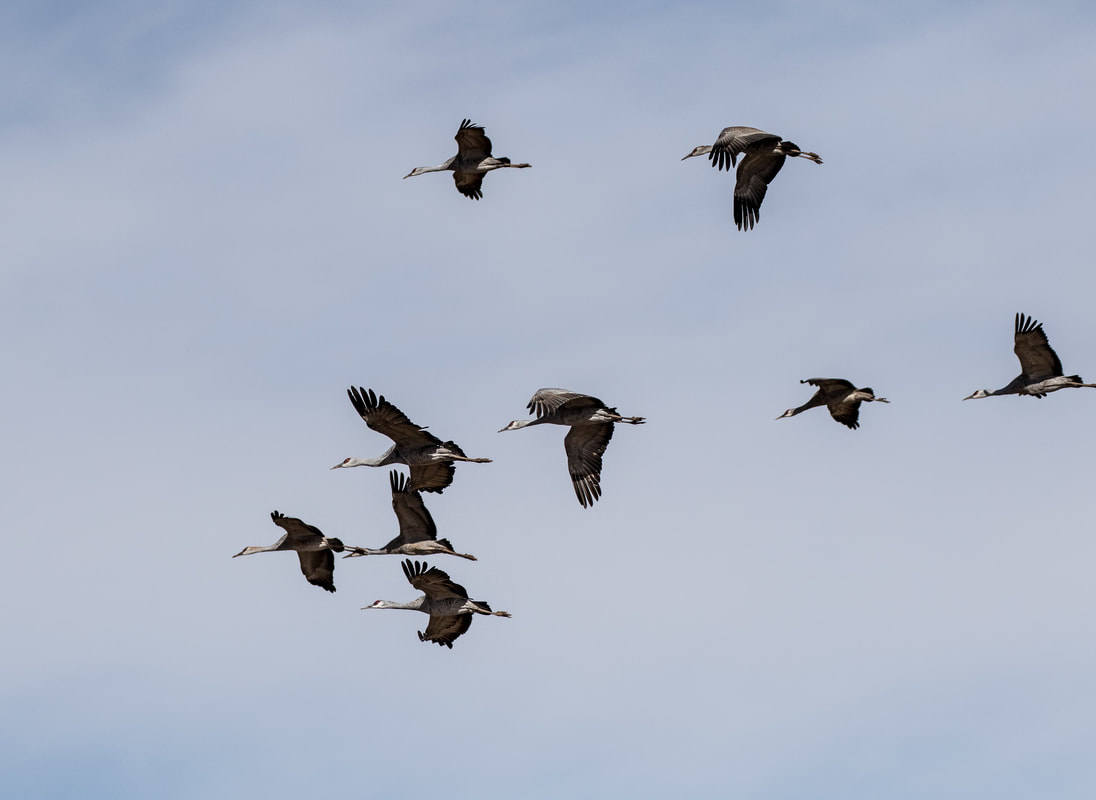
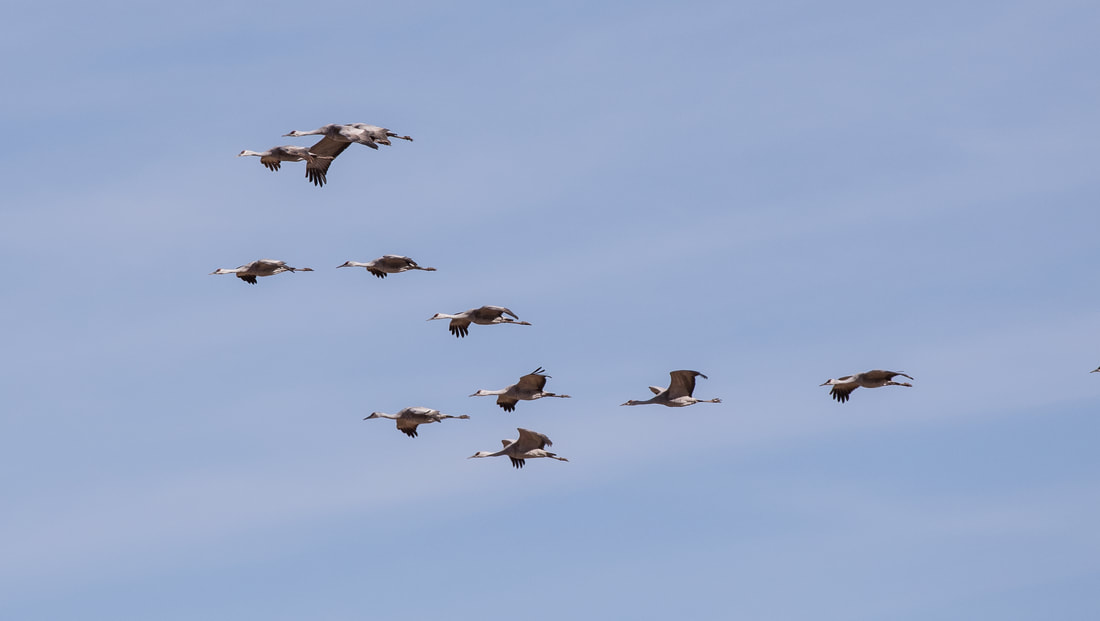
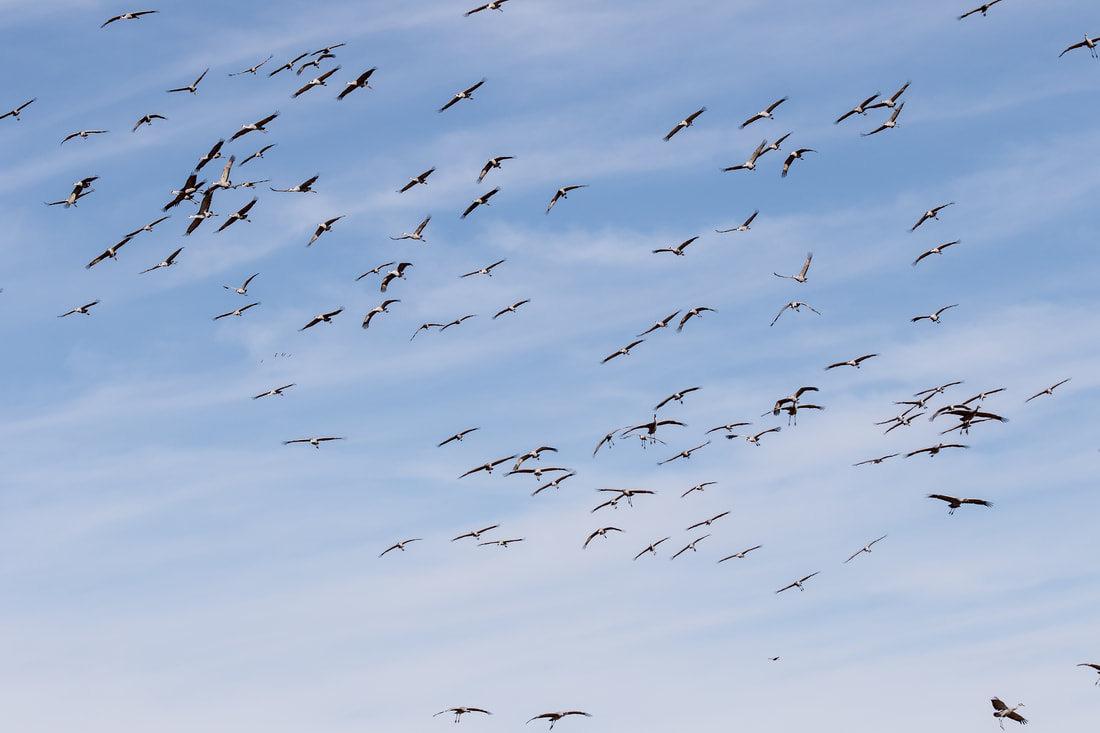
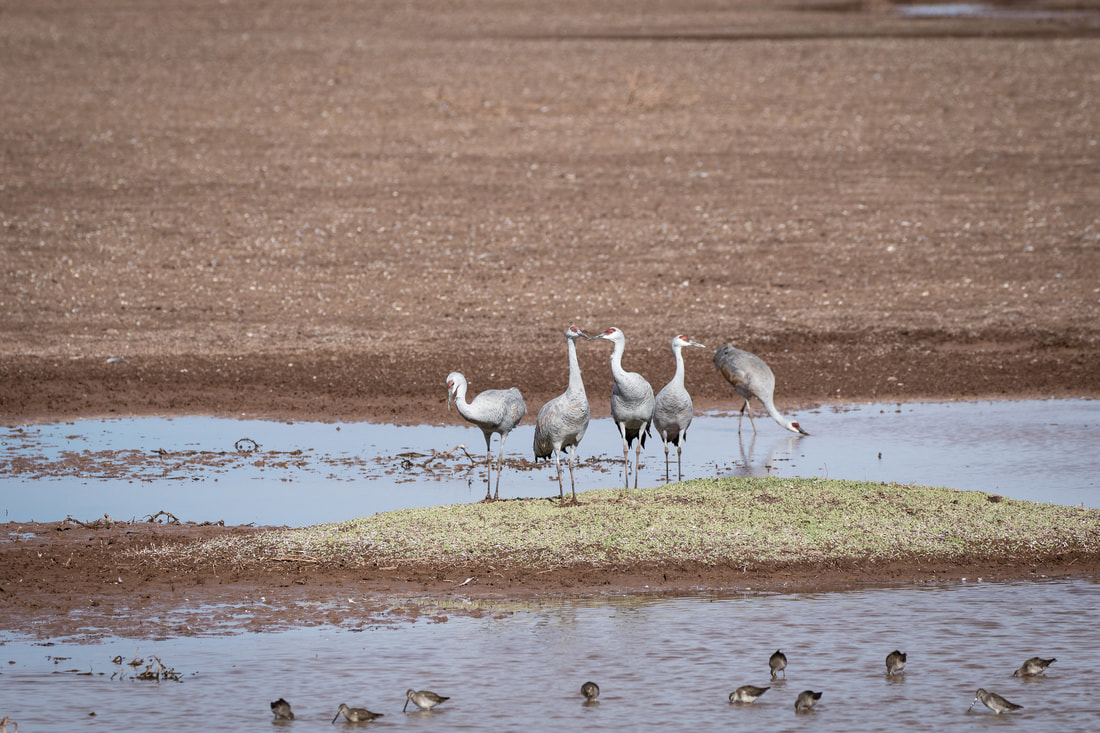
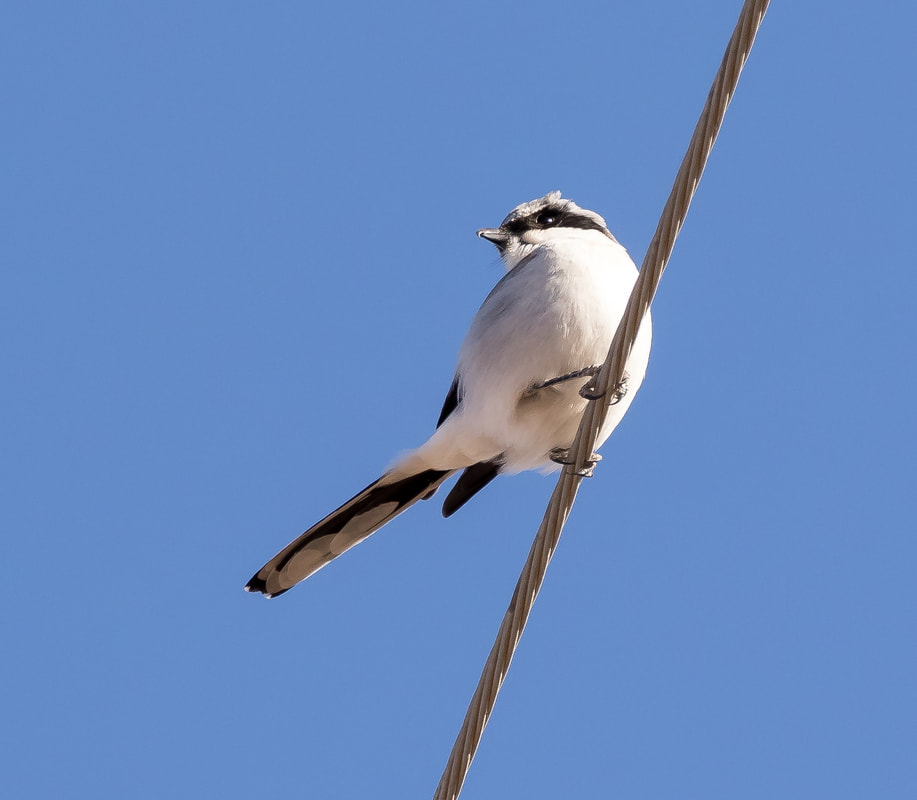
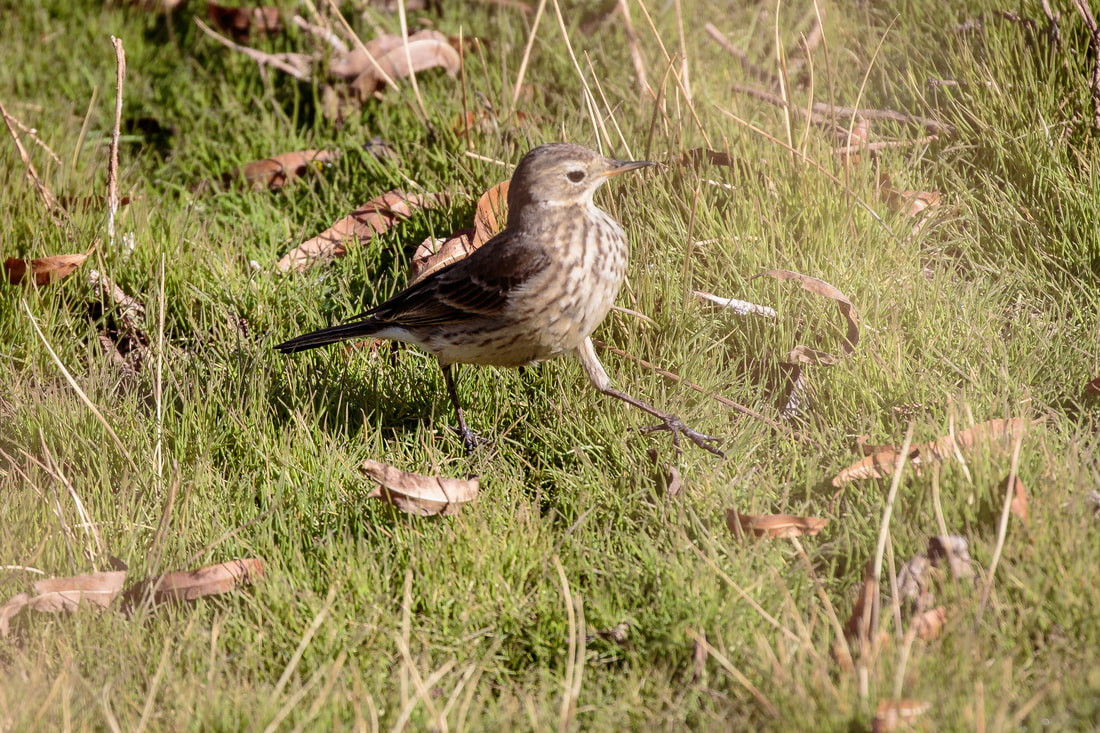
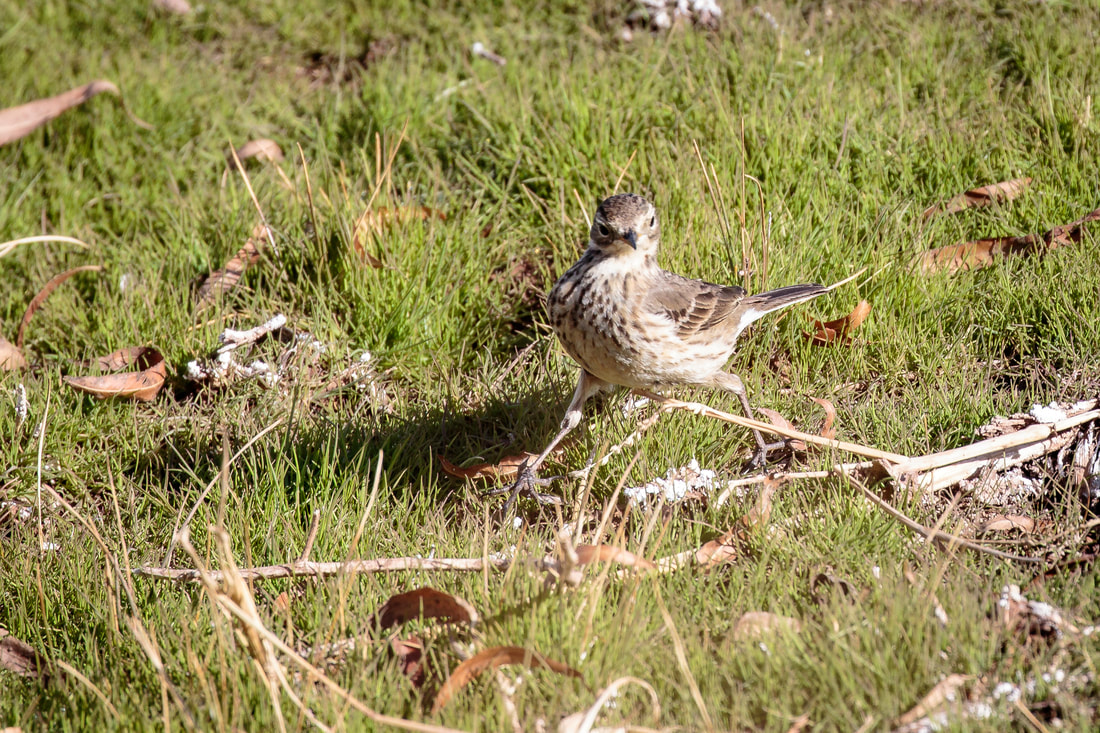
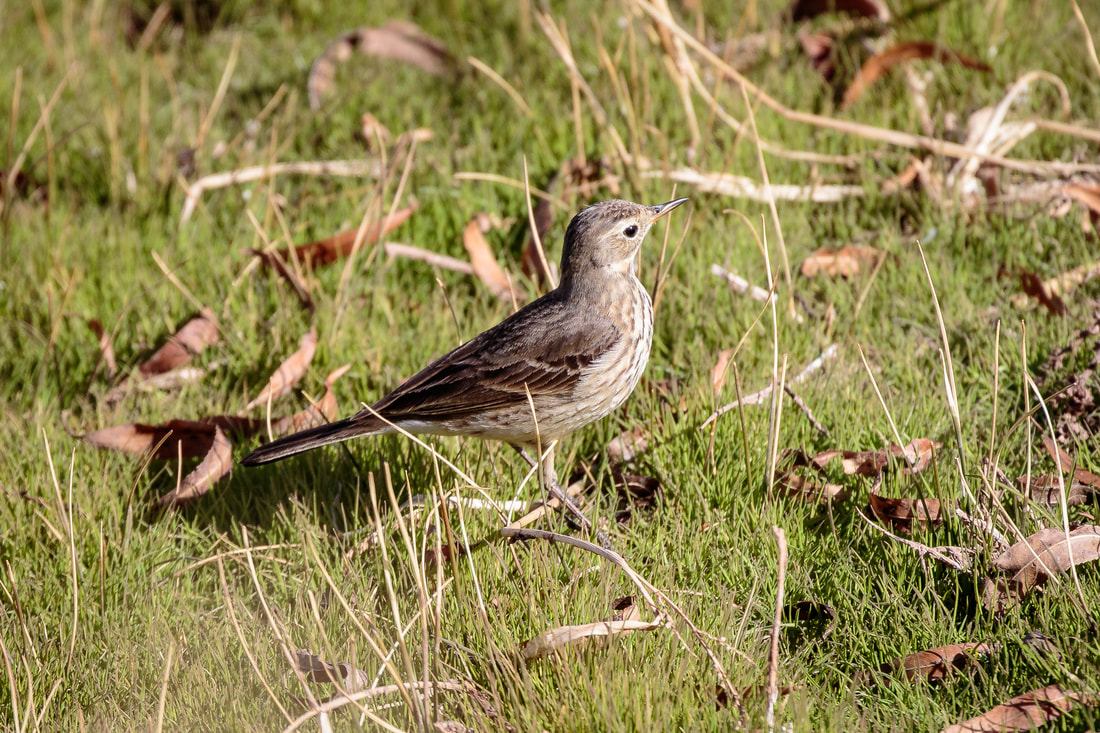
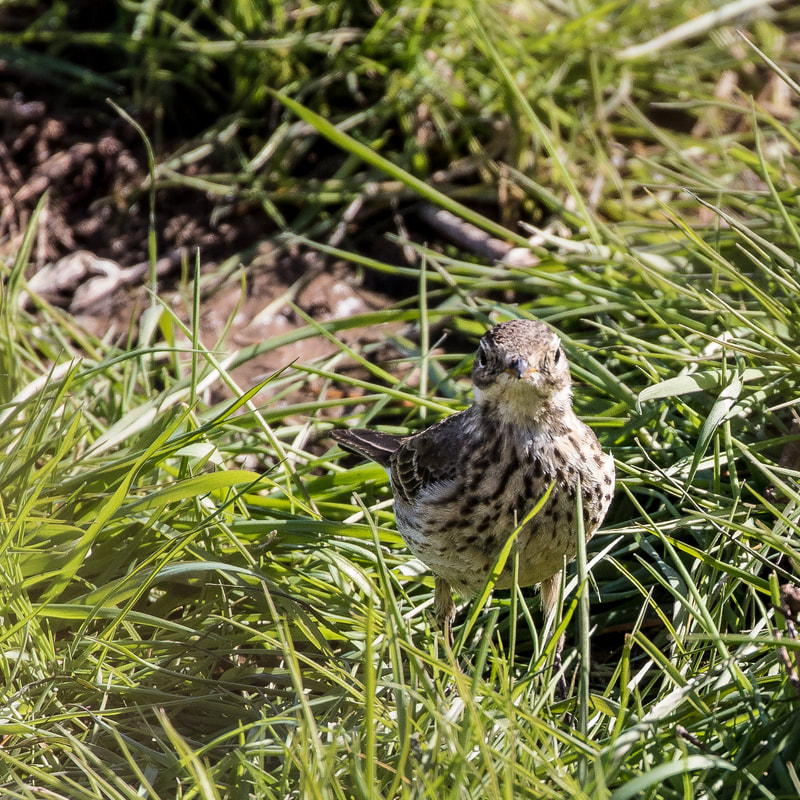
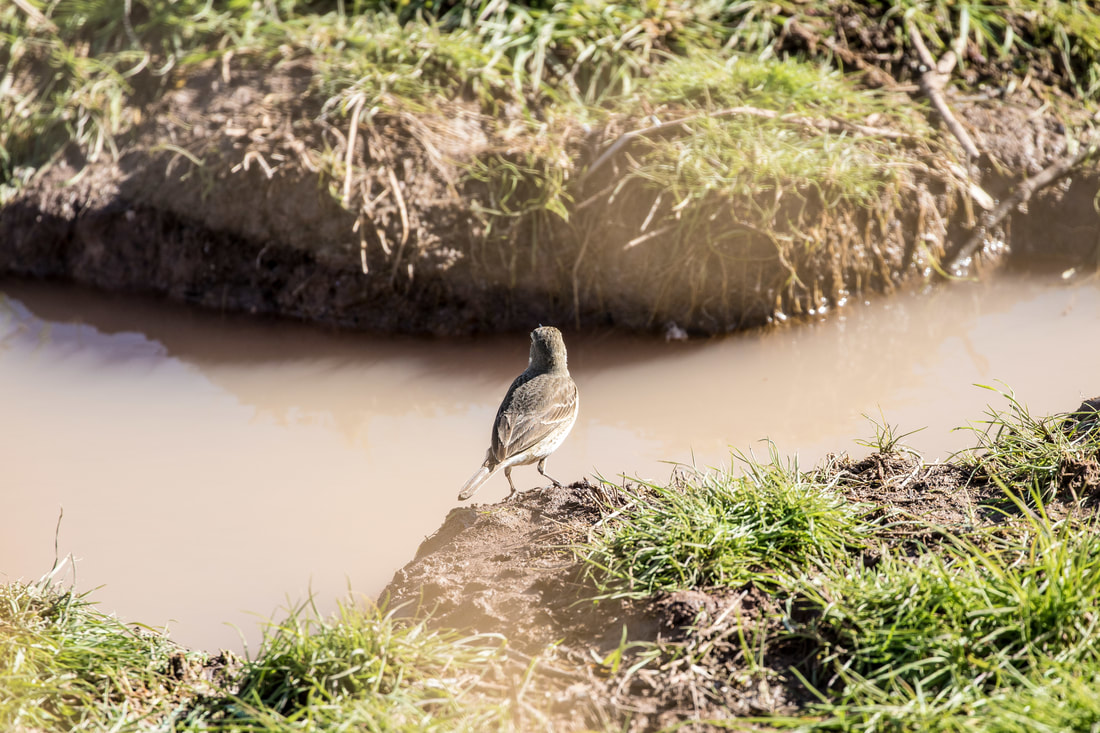
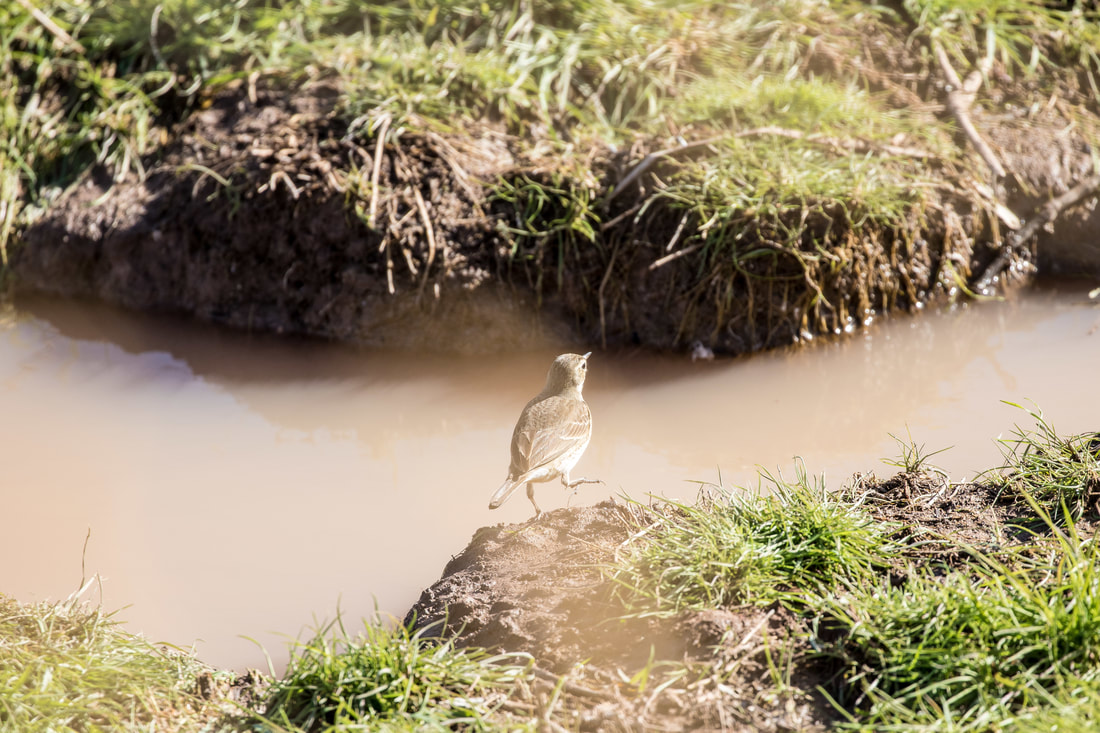
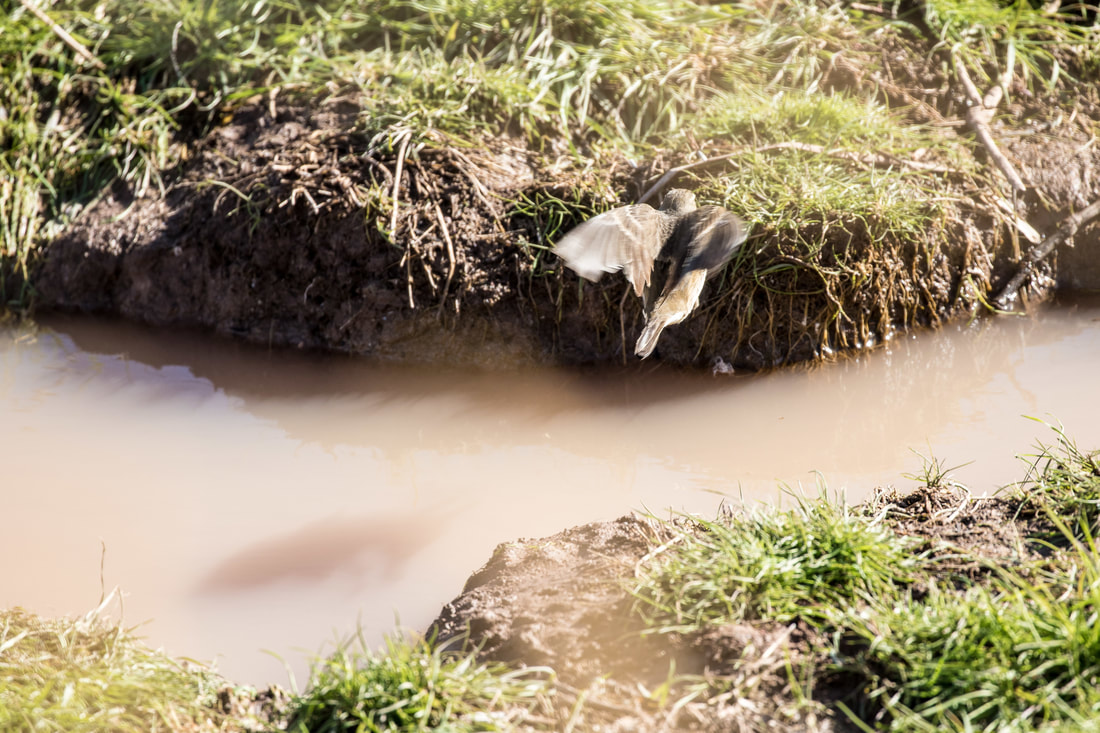


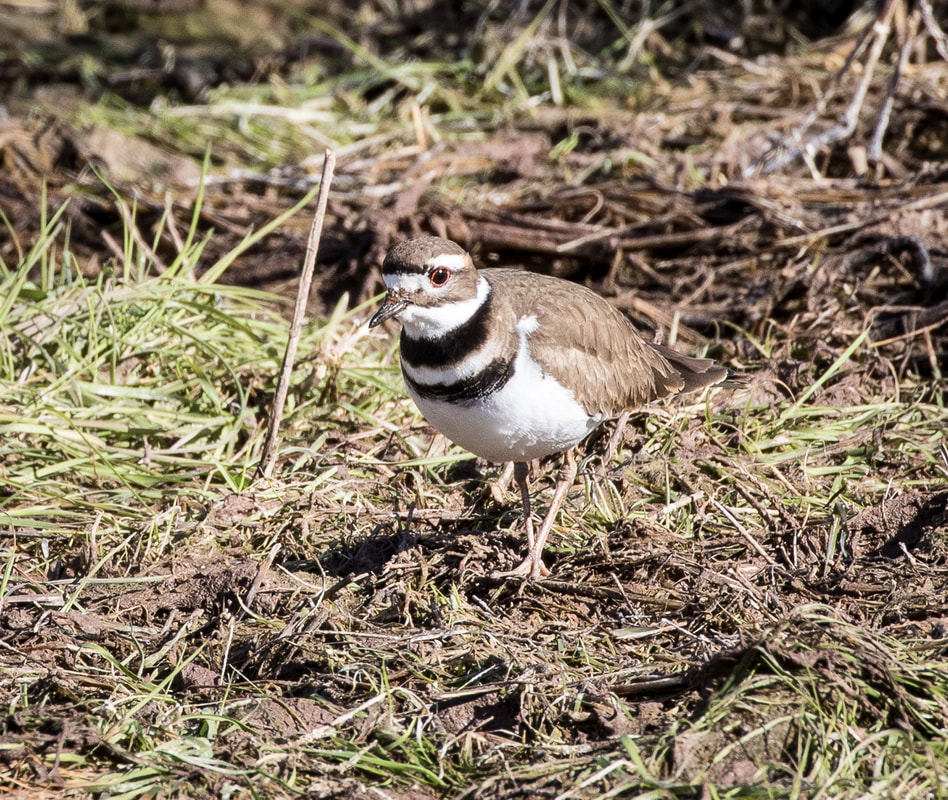
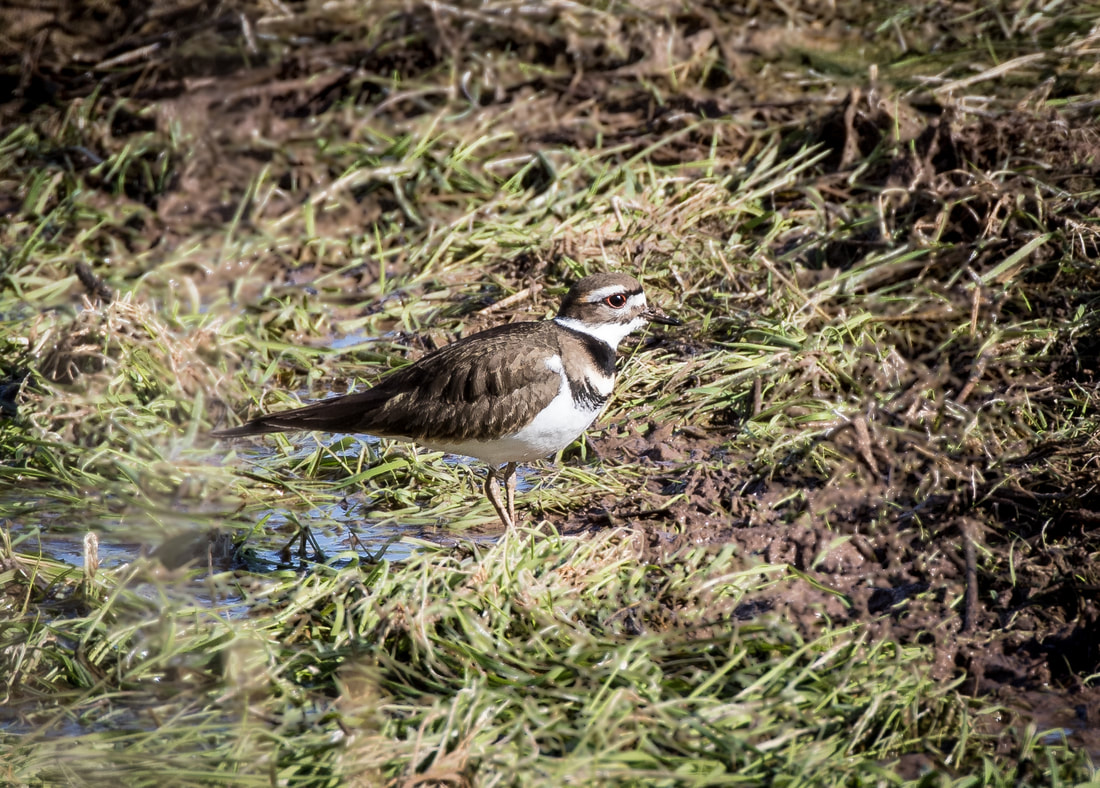
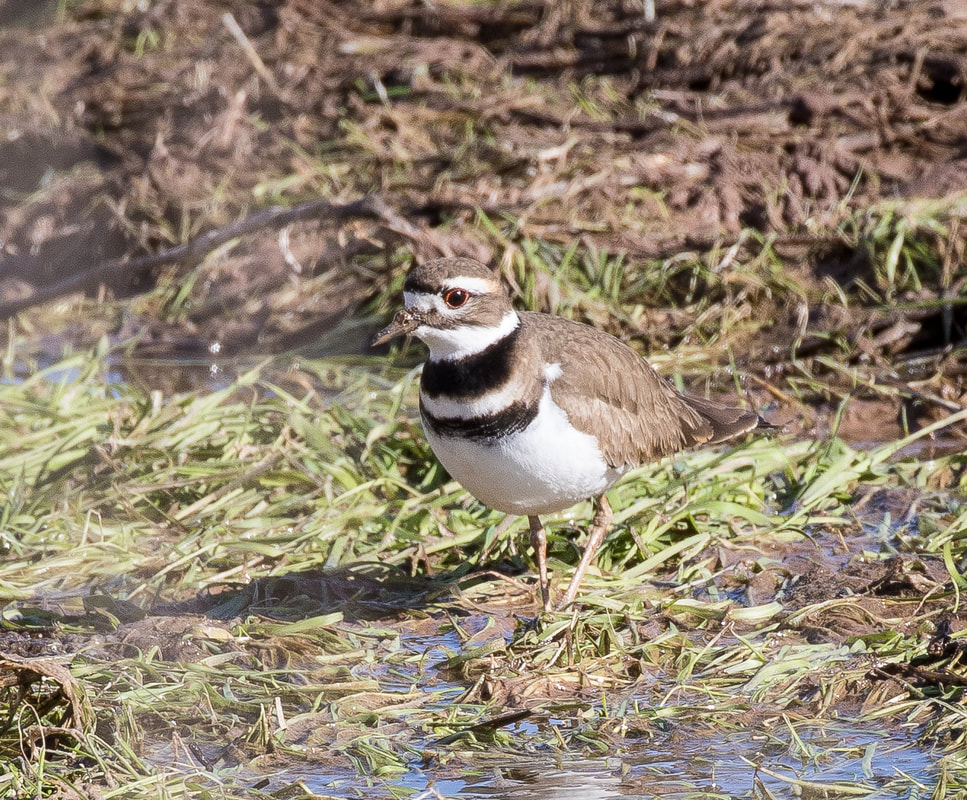
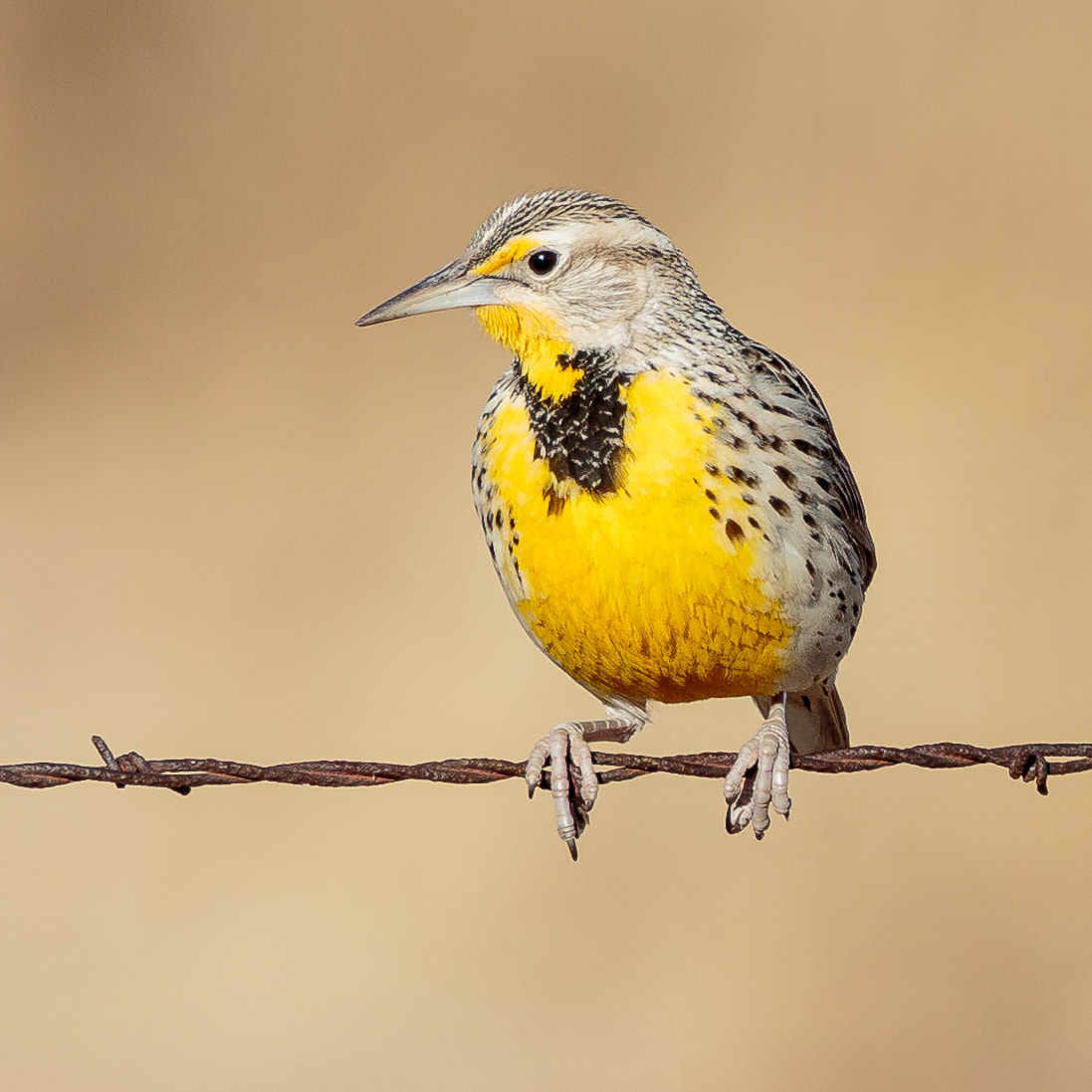
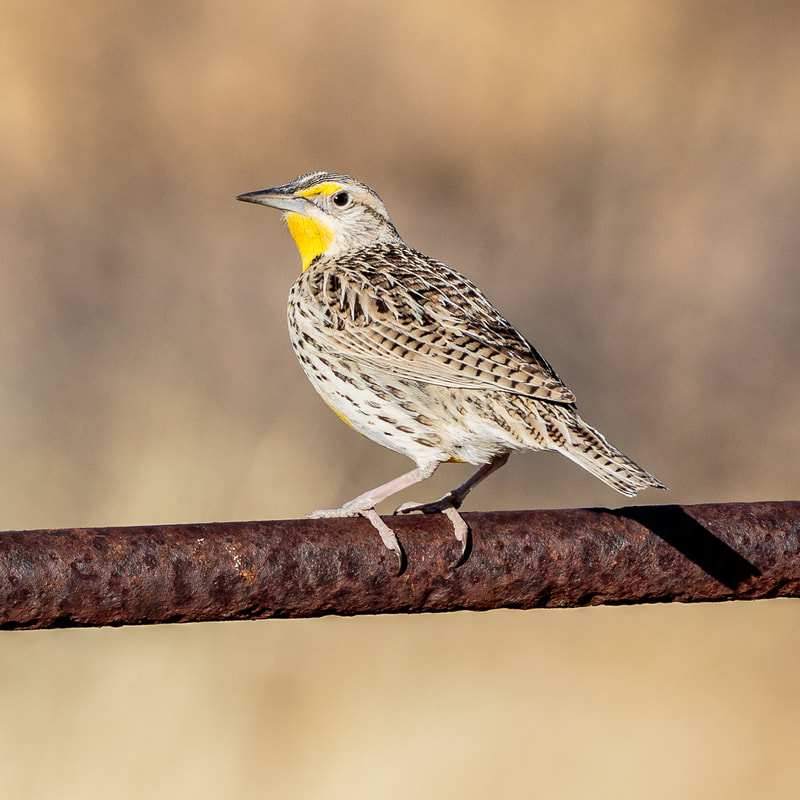
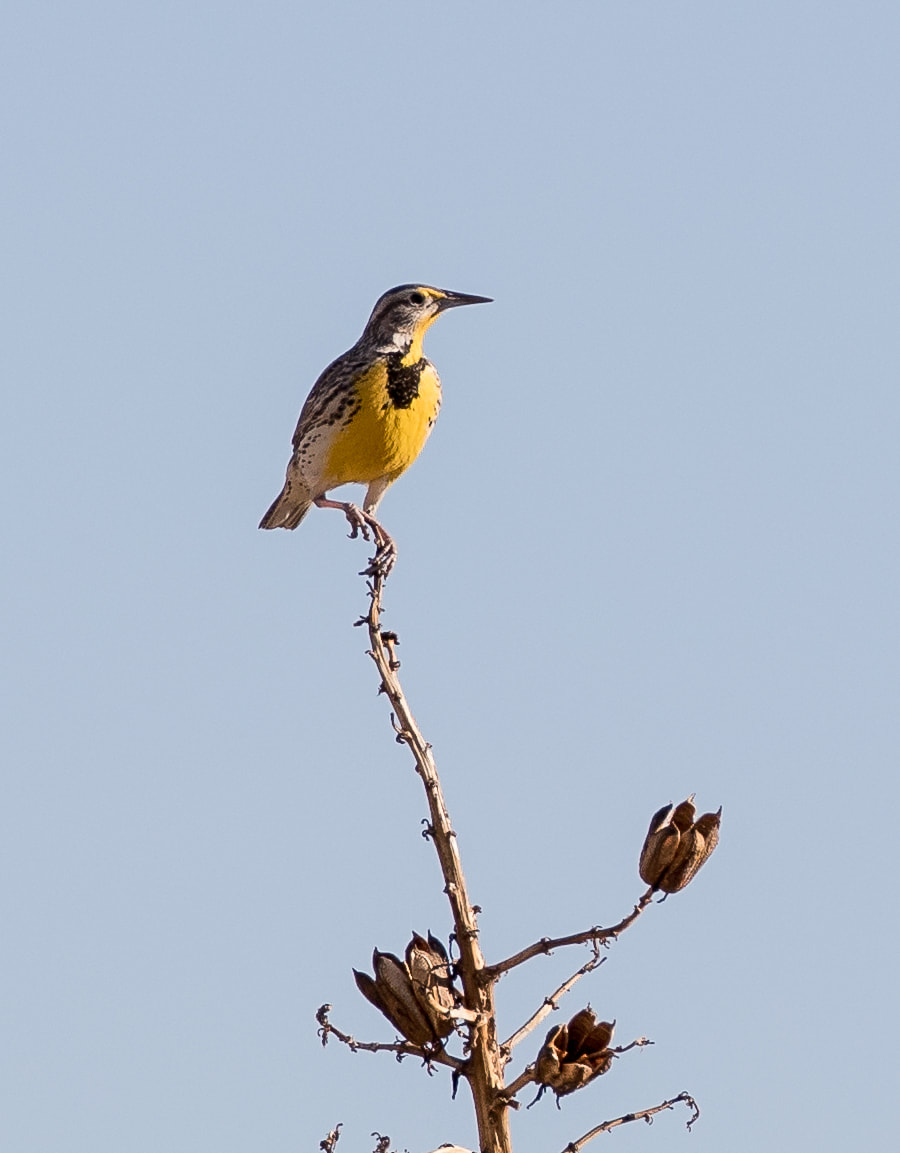
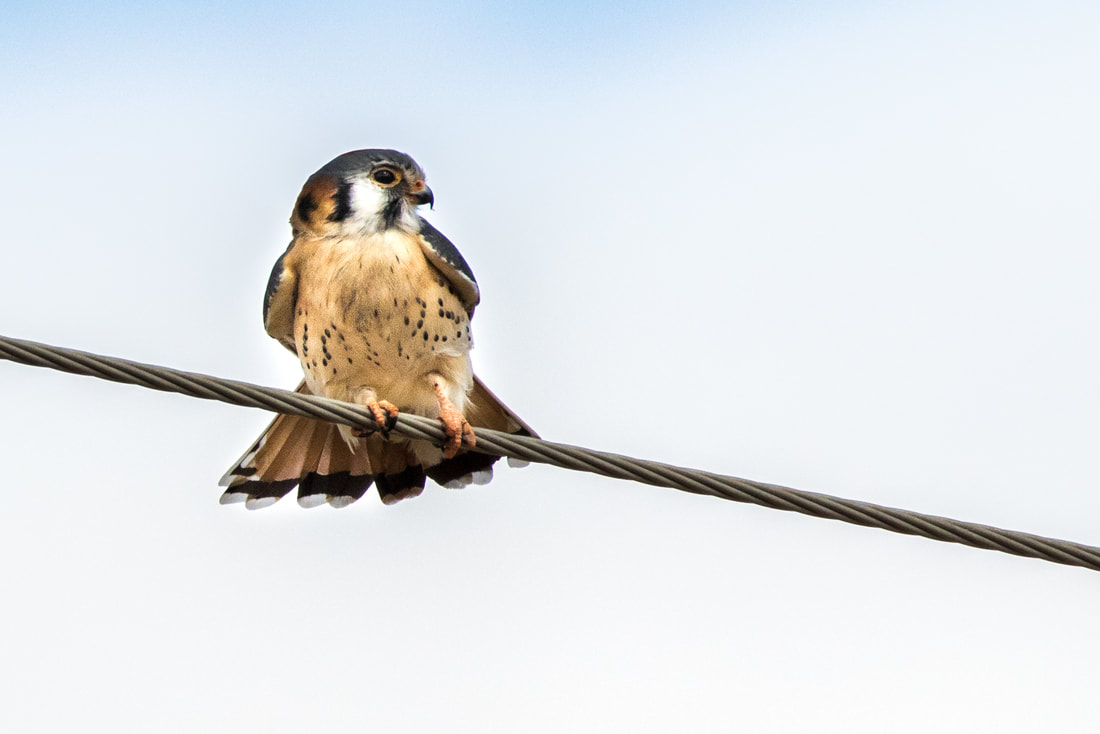
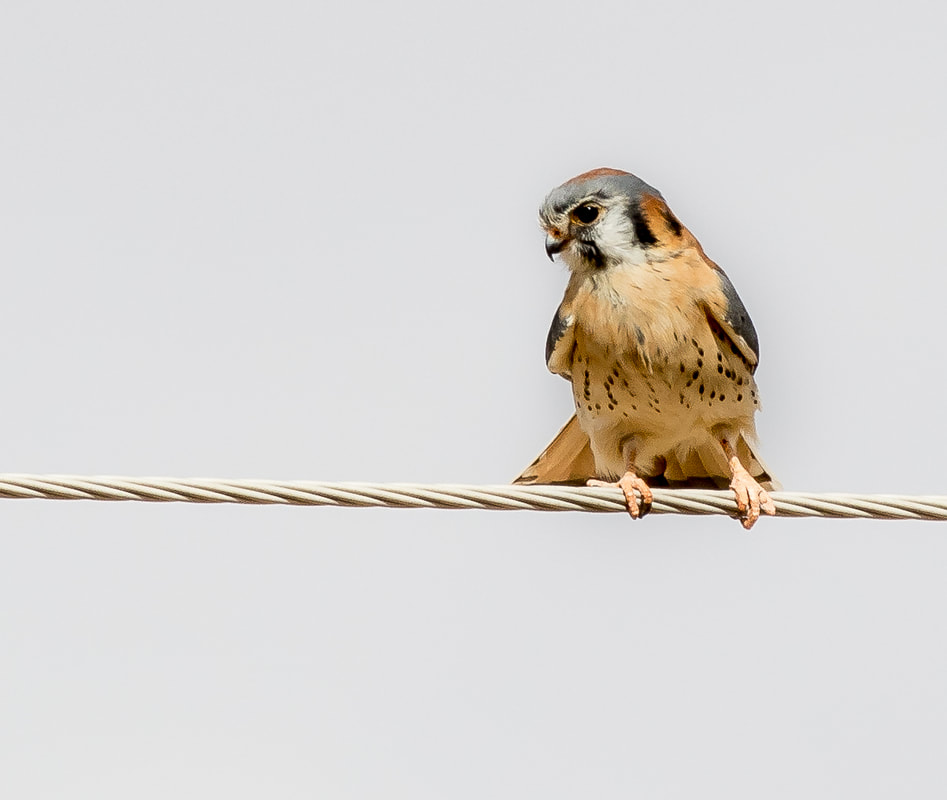
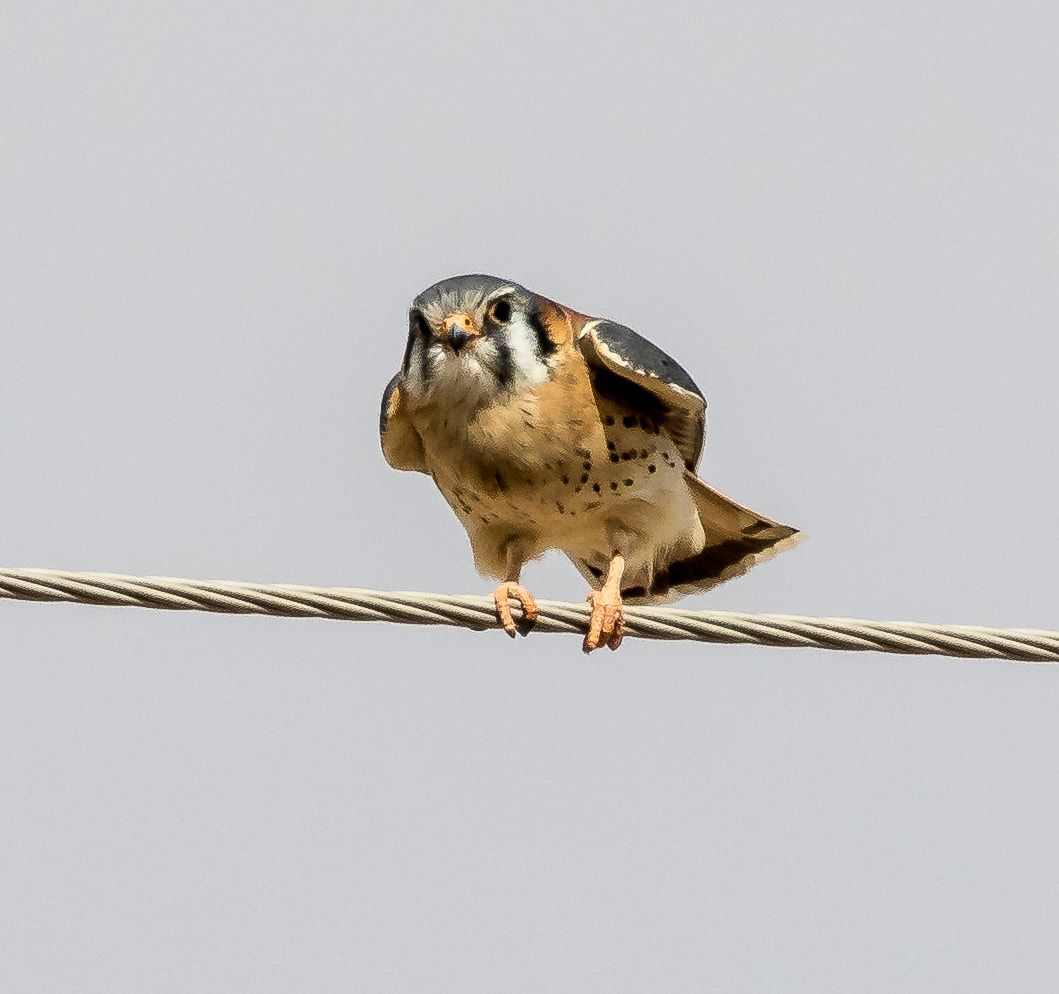
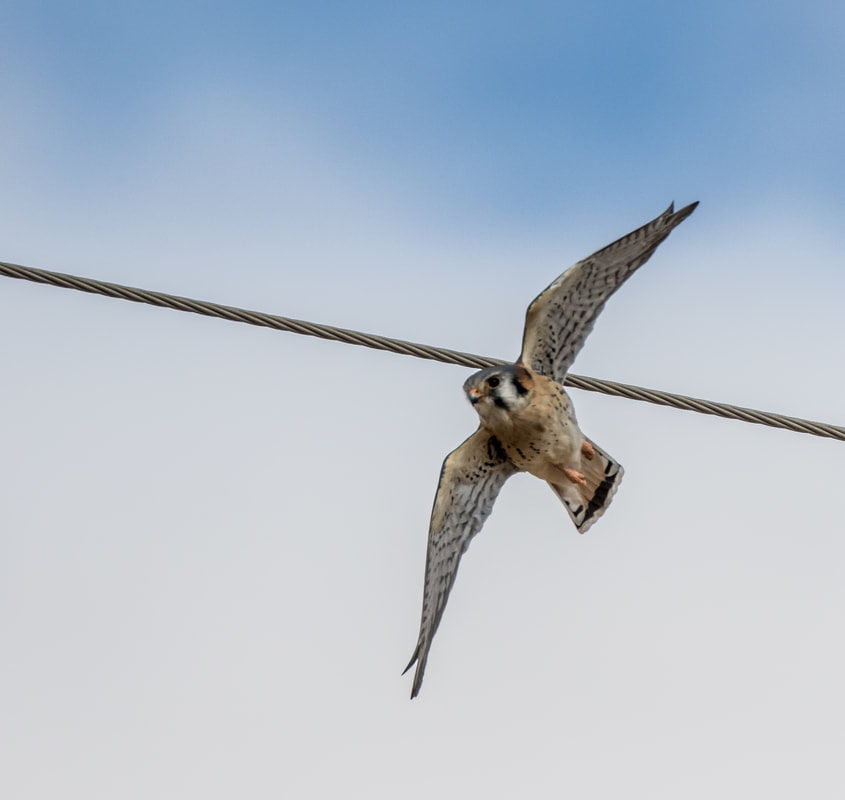
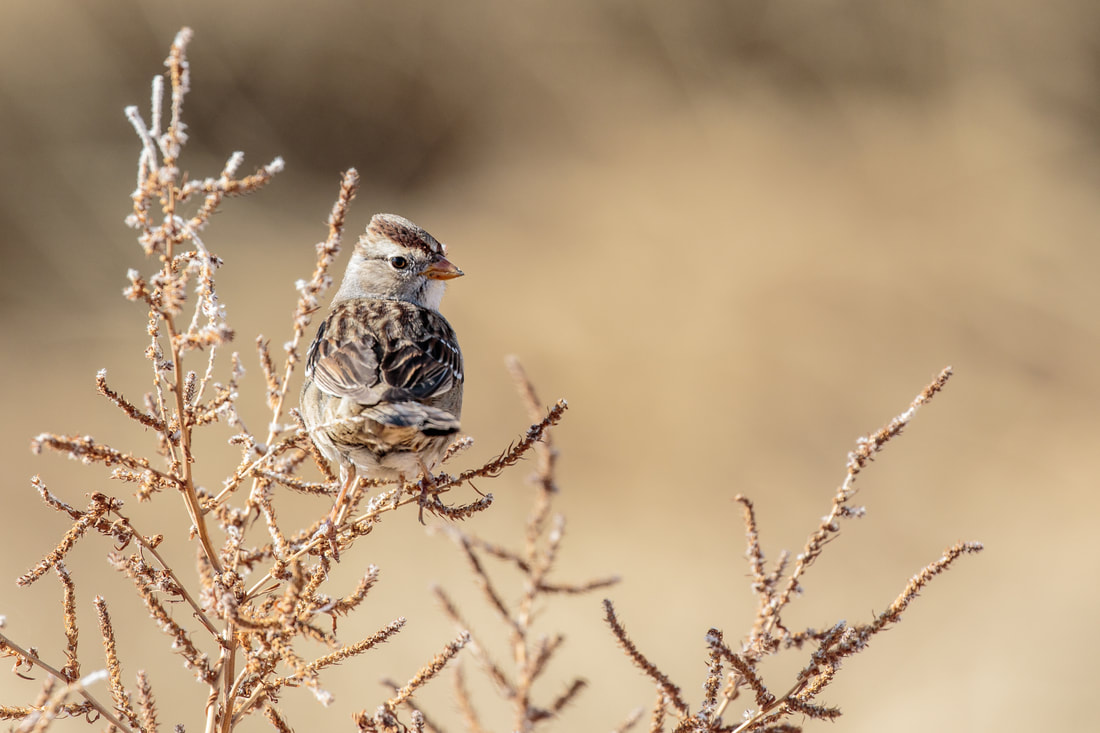
 RSS Feed
RSS Feed